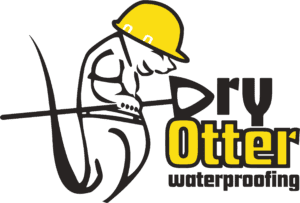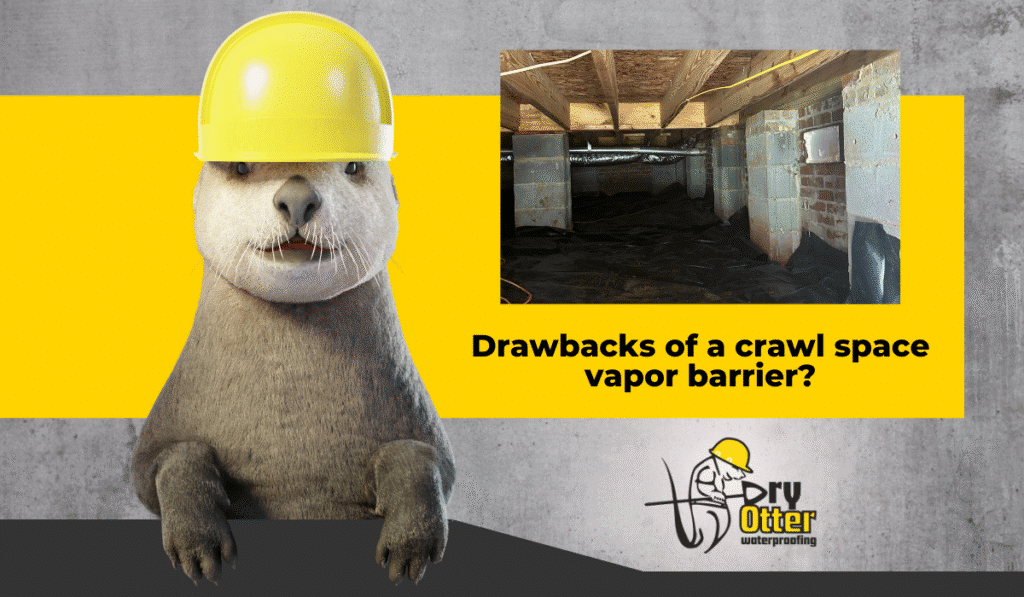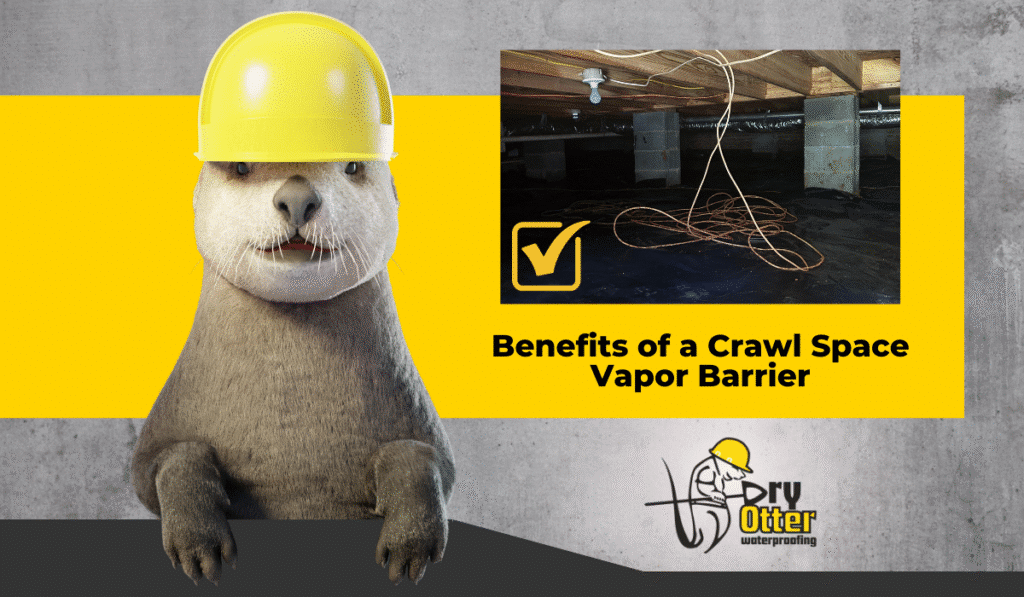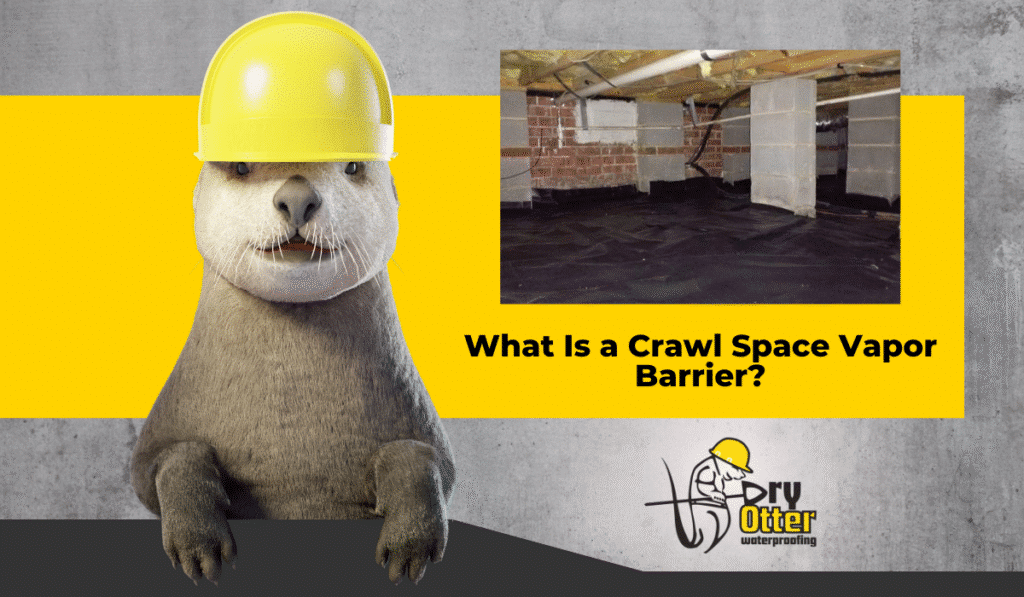Maintaining optimal relative humidity (RH) levels in your crawl space is crucial for preventing moisture-related issues that can harm your home’s structural integrity and indoor air quality. Let’s take a look at the significance of relative humidity in the crawl space and provide insights on how to measure and prevent high humidity levels effectively.
What is Relative Humidity
Relative humidity refers to the amount of moisture present in the air compared to the maximum amount it can hold at a given temperature. It is expressed as a percentage. Relative humidity is determined by the ratio of the actual amount of water vapor present in the air to the maximum amount of water vapor the air can hold at a particular temperature. Warmer air has the capacity to hold more moisture, so the relative humidity decreases as the temperature rises, even if the actual amount of water vapor remains the same.
For example, a relative humidity of 50% means that the air contains half the amount of water vapor it can hold at a specific temperature. This suggests that the air is moderately humid. On the other hand, a relative humidity of 100% indicates that the air is saturated with moisture and cannot hold any more water vapor.
Now imagine how this applies to a crawl space… If humid air comes in through the vents in your crawlspace, and the crawlspace is cooler than outside, the air’s relative humidity will increase. So the new relative humidity of the air will be getting closer to 100%.
What happens at 100% relative humidity?
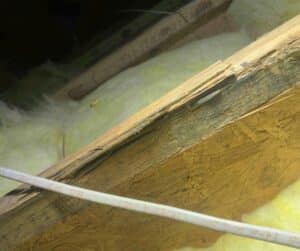
When the relative humidity reaches 100%, it means that the air is holding the maximum amount of moisture it can at a given temperature. At this point, the air is said to be saturated with water vapor. As the air becomes saturated, it can no longer hold the excess moisture in the form of invisible water vapor. The excess moisture begins to condense into visible water droplets on surfaces in a crawl space such as ducts, pipes, wood, and insulation.
How does high relative humidity affect a crawl space?
Excessive relative humidity in the crawl space can lead to many issues. Relative humidity levels consistently over 60-70% can allow the growth of mold and mildew, which can cause structural damage and pose health risks. Additionally, increased moisture content can contribute to wood rot, attract pests, and create an uncomfortable living environment.
Once, Dry Otter co-owner Mark Johnston inspected a three-year-old home in Belmont. Evidently, around the time of the build, someone had closed the vents to the crawlspace that had a minimal vapor barrier and no dehumidifier. Upon entering the crawl space, Mark found condensation “sweat” on the ducts and pipes in the crawl space, and mold growing. Don’t forget, the house was only three years old!
Why not just close the vents?
If you only close the vents to the crawl space, and do not put plastic on the walls and floor and put a dehumidifier in, any water that comes in by seeping under the foundation or vapor that naturally comes up from the ground will be trapped there and will make the humidity even higher!
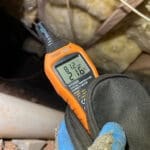
How does a home inspector measure relative humidity?
One common method professional inspectors use is a digital hygrometer. Digital hygrometers use electronic sensors to measure relative humidity accurately.
How can I prevent relative humidity from harming my home?
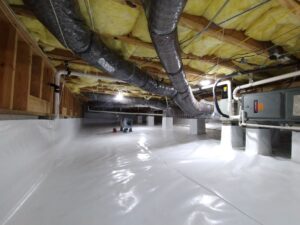
The best way to prevent high relative humidity from harming your home is to have a professional encapsulate your crawl space. This means to put plastic on the floor, walls, columns, close the vents, and install a dehumidifier. They understand what is needed to do it right and have experience doing so. Most waterproofing companies provide free inspections and quotes. Read here to see the ten reasons you should use Dry Otter Waterproofing.
Conclusion:
Understanding and controlling relative humidity in the crawl space is vital for maintaining a healthy and structurally sound home. High humidity levels can lead to moisture-related problems, but proper preventive measures such as encapsulation can mitigate these risks. By employing professional inspection techniques and following preventive strategies, you can safeguard your crawl space and ensure a comfortable living environment for years to come.
